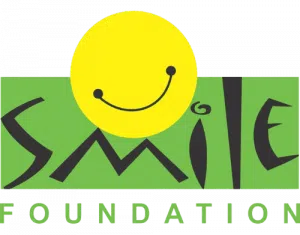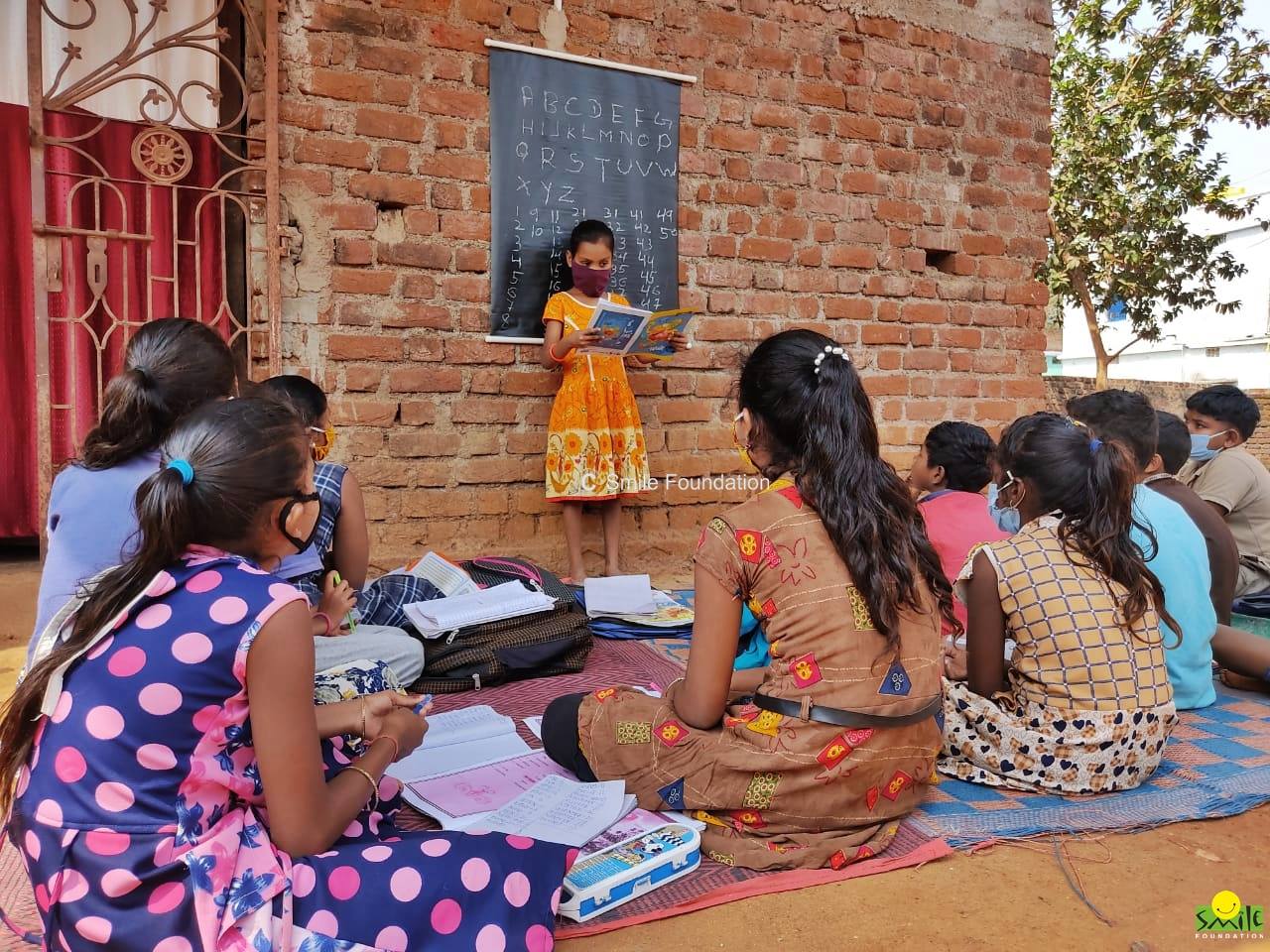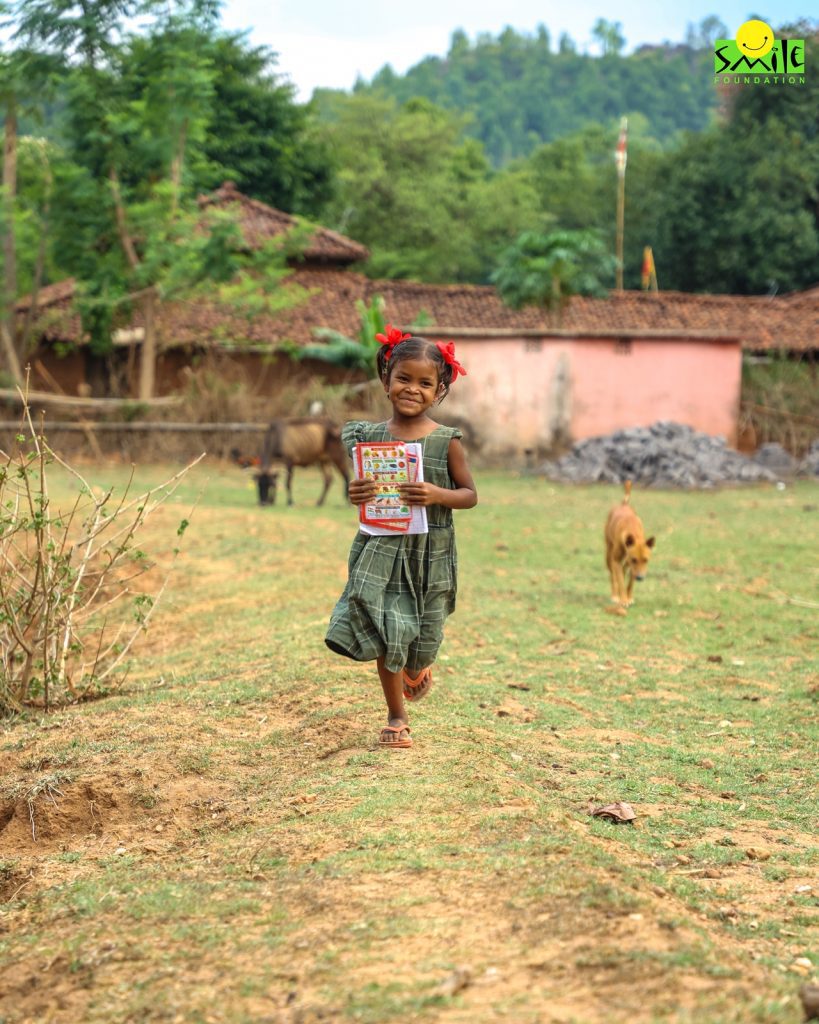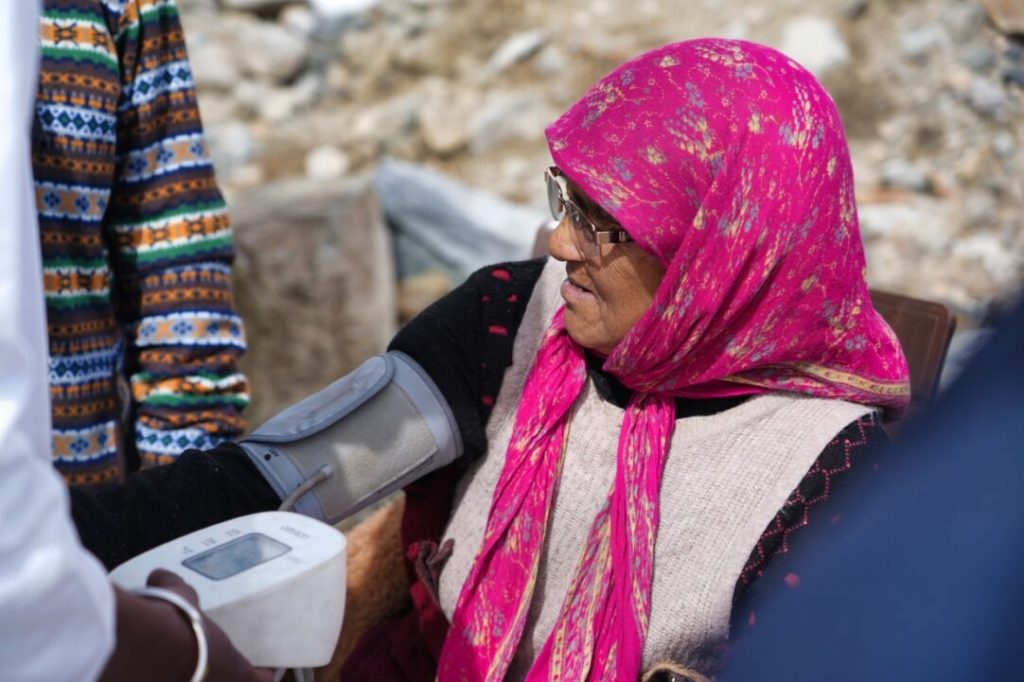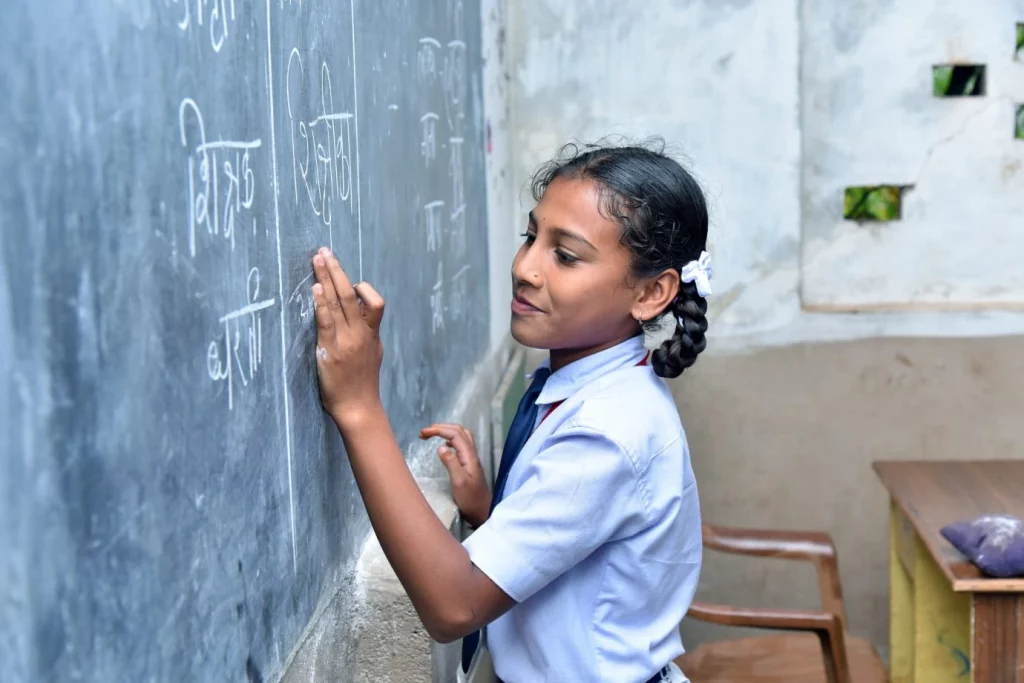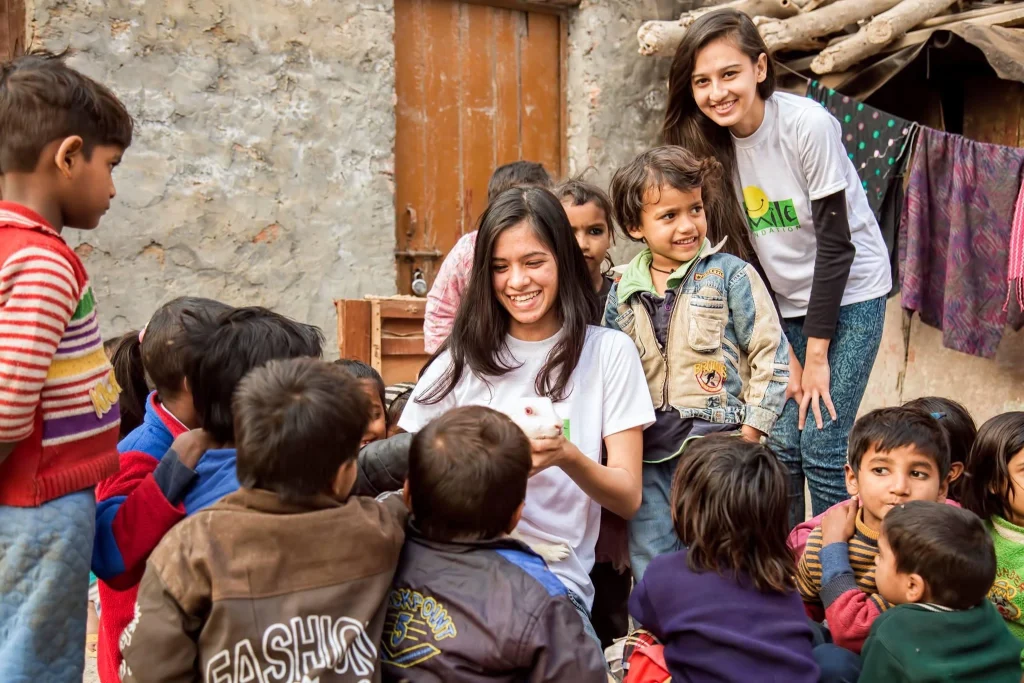India is one of the largest and fastest-growing economies in the world. On one hand, when we are making such economic advancements there is still a section that is deprived of basic needs. According to a report by UNDP, India has lifted 271 million people out of poverty between 2006 and 2016. The improved assets in the country include cooking fuel, sanitation, and nutrition for the poor. But is it enough?
Children and Poverty
Millions of children in India are still involved in daily wage-earning, poor children are not educated. They do not receive proper nutrition. 373 million Indians still continue to experience acute deprivations. Most of these deprived populations are children, the future of the country. A joint report released by UNICEF and International Labor Organization in 2019 stated that 30.3 percent of extremely poor children live in India. The nation has been successful in reducing cases in the Multidimensional Poverty Index (MPI) but the core issues remain the same. Education for poor children, reducing drop-outs from schools, food security, and child mortality are the burning issues that the country is currently facing.
Illiteracy in India
The Right to Education Act 0f 2009 has been instrumental in reducing the number of out-of-school children in India. Yet, there are 6 million children still out of school in India. The Covid-19 pandemic induced economic insecurities have led to an addition in the number of Out of School Children. A number of children have started helping parents with household chores, daily wage-earning, or taking care of younger siblings. The pandemic has made the situations of girls more vulnerable. Spending more time at home leads to an increase in their involvement in household activities and in many cases they also fall victims to child marriage.
Drop-outs, and Problems in Education System
A recent ASER Report has stated that many young children have not joined school after the reopening and there is a sharp jump in out-of-school children in the 6-10 age groups. This has gone up from 1.8% (in 2018) to 5.3% (in 2020) and among all children up to 16 years from 4% to 5.5%. One primary reason for this may be the financial constraints parents are facing due to the pandemic.
School-going children also often face the problem of poor learning levels. This obstacle in learning is the outcome of the absence of a strong foundation. This foundation is usually provided by quality early childhood education. Another problem is the lack of qualified teachers and the absence of quality teacher training.
Smile Foundation Interventions
Smile Foundation’s Mission Education programme works for the education of poor children in urban slums and rural areas. Since 2002, more than 232,000 children have been directly benefitted through the program. Smile Foundation’s educational initiatives include Pre-school (3-6 yrs]), Non-Formal Education [6-14 yrs non-school going], Remedial Education (6-14 yrs school going), and Bridge Course [14-18 yrs drop-outs]. Nutritious food is provided in the Mission education centers for children to encourage them to attend school.
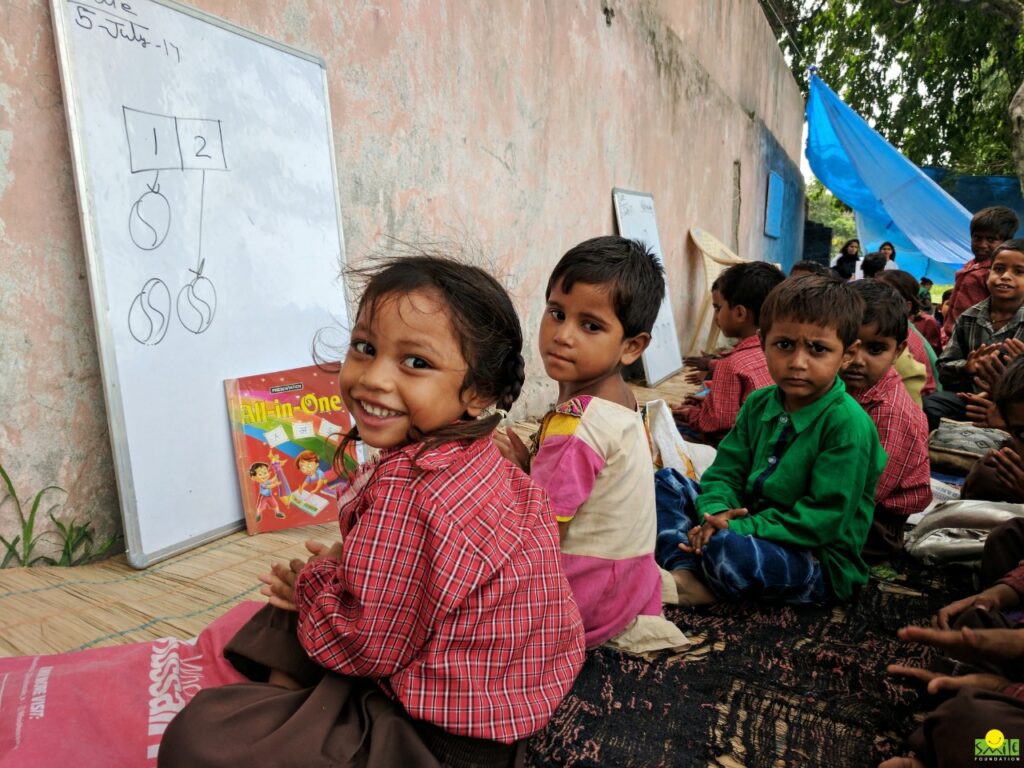
During the pandemic teachers from Mission Education ensured that no child was left behind in their studies. Classes were conducted online for children. For the poor children who did not have access to digital devices, teachers delivered notes. Cluster classes were conducted once the lockdown was eased. Teachers’ training and counseling sessions for parents were also conducted.
The key to development lies in educating children. Partnerships between the government and other stakeholders can fast-track the process of education for poor children. Improving access to education, counseling of students and parents, innovations in classroom teaching and learning process can aid the condition of education in India.
